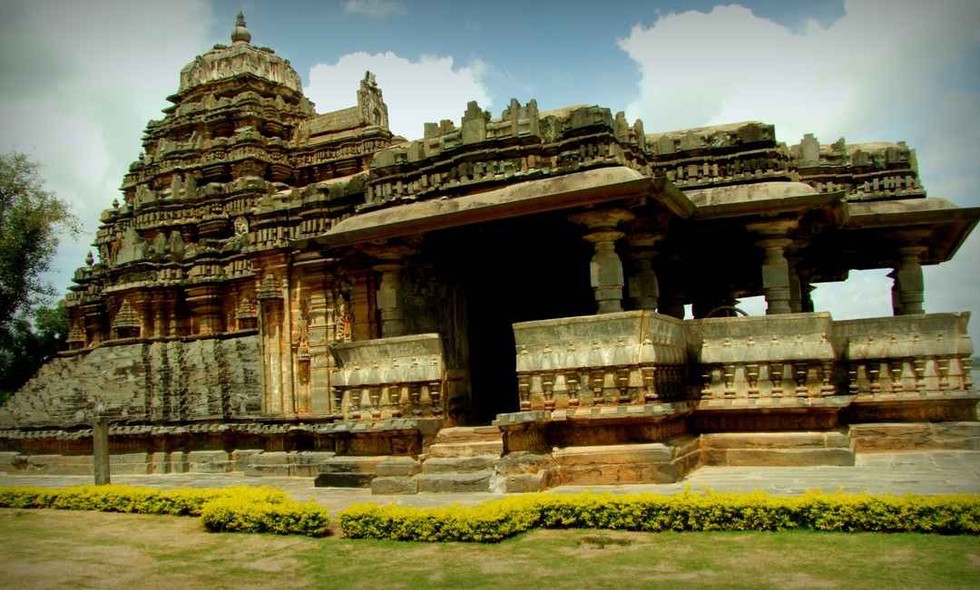
Kalyana Chalukyas

18.02.2025
Kalyana Chalukyas
|
For Prelims: About Kalyana Chalukyas |
Why in the news?
Three Kannada inscriptions from the Kalyana Chalukya era were noticed for the first time in Kankal village in the Pudur mandal of Vikarabad district.
About Kalyana Chalukyas:
- The Chalukyas ruled over the Deccan plateau between the 6th and 12th centuries.
- During that period, they ruled as three closely related but individual dynasties - the Chalukyas of Badami, the Chalukyas of Kalyani (Western Chalukyas) and the Chalukyas of Vengi (Eastern Chalukyas).
Kalyana Chalukyas:
- Primarily a Kannadiga dynasty, they were known after their capital city, Kalyani. It is present in the modern-day Bidar district of Karnataka.
- The empire was established by Tailapa II when the Western Chalukya was a feudatory of the Rashtrakuta Empire and Tailapa II governed Tardavadi in the Bijapur district of Karnataka.
- In the 300 years long rule in the western Deccan and southern part of the Indian peninsula, Chalukya of Kalyani expanded and reached the zenith of power during the rule of Vikramaditya VI (1076-1126 CE).
- It is considered the most successful period of the later Chalukya rulers in Karnataka’s history, and many scholars refer to this period as the ‘Chalukya Vikrama era’.
- Vikramaditya VI was not only controlling feudatories in the northern region, such as Kadamba Jayakesi II of Goa, Silhara Bhoja and the Yadava King, but also, he won several battles against the Chola dynasty.
Decline:
- After Vikramaditya VI’s death, the consistent confrontation with the Chola dynasty exploited both empires and gave opportunities to their subordinates to rebel.
- After 1126, the Western Chalukya empire started declining, and by the time of Jagadhekamalla II, everything was falling apart.
Administration, Art, and Architecture:
- The Western Chalukya administration was mainly hereditary, where the king passed his powers to the male heir and brother in the absence of a male heir.
- The whole kingdom was divided and managed by feudatories such as the Hoysala and the Kakatiya.
- While the Chalukya Dynasty maintained a great army of infantries, cavalries, elephant units, etc, the Western Chalukyas followed the trend and achieved a great extent of power.
- They were primarily Hindus but also acknowledged and tolerant of Buddhism and Jainism.
- They contributed greatly to the development of Kannada and Telugu literature.
- The Western Chalukya minted punch-marked gold coins called pagodas with Kannada legends.
- The Western Chalukya dynasty is considered to be a crucial era for the evolution of Deccan architecture.
- Their art is also called the ‘Gadag style’ because numerous temples were built in the Tungabhadra-Krishna doab region in the present-day Gadag district.
- The Mallikarjuna temple of Bellary, Siddeshvara temple in Haveri, Kallesvara temple in Davangere district, etc are a few of the finest examples of later Chalukya architecture.
Source: The Times of India
What was the main cause of the decline of the Kalyana Chalukya dynasty?
A.Attacks from the Yadavas.
B.Confrontation with the Chola dynasty.
C.Weak leadership after Vikramaditya VI.
D.None of the above
Answer B